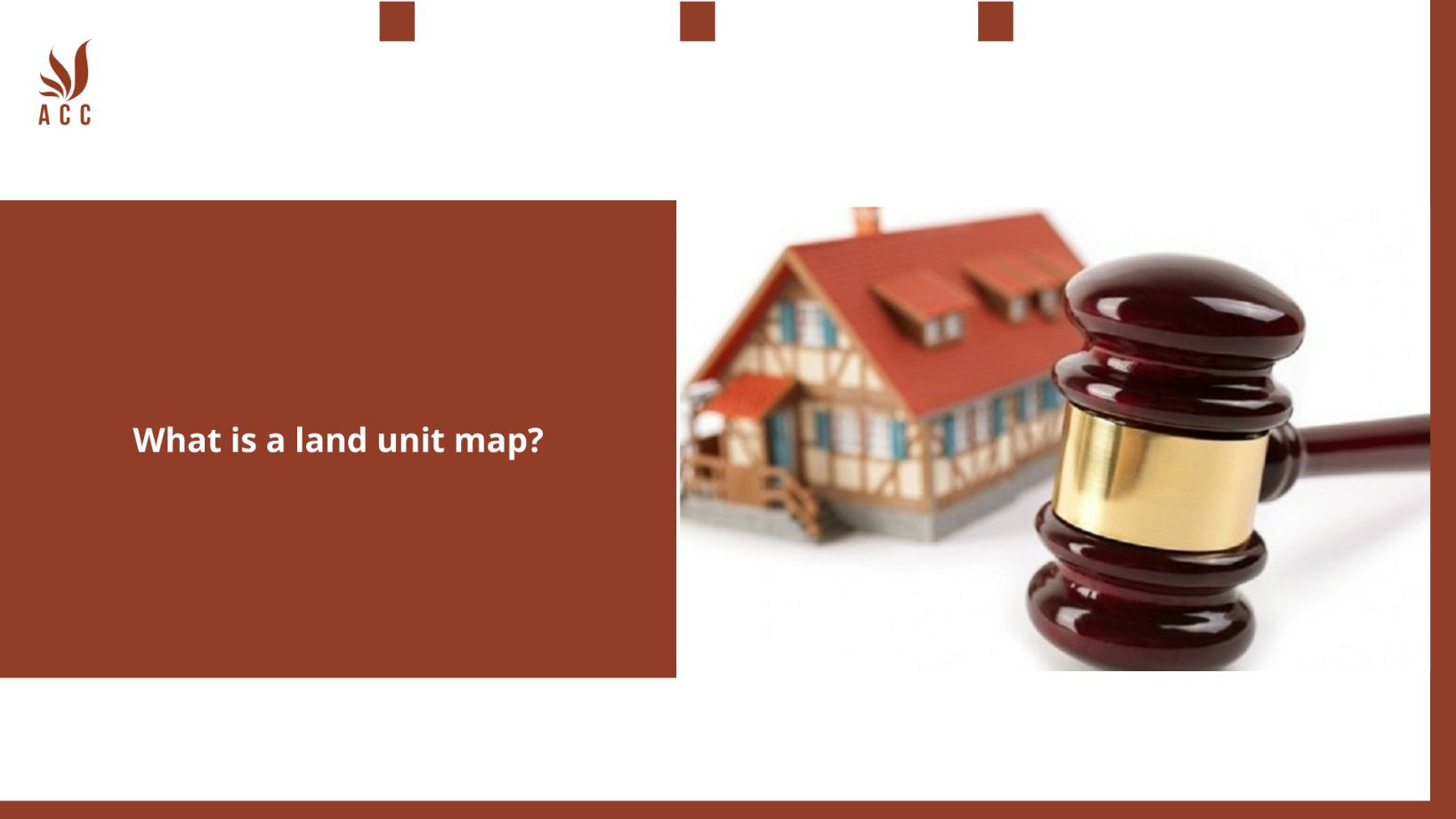A land unit map is a geographic representation or cartographic depiction of an area that is divided into distinct land units. Land units are typically defined based on specific characteristics, such as land use, ownership, zoning, or other relevant factors. These maps provide a visual way to understand and analyze the distribution and attributes of different land units within a given area.
Here are some common types of land unit maps:

1. Land Use Maps:
These maps classify land units based on how the land is being used, such as residential, commercial, industrial, agricultural, recreational, or natural areas.
2. Zoning Maps:
Zoning land unit maps depict the various zones or districts within a municipality, each with its own land use regulations and permitted activities.
3. Ownership or Parcel Maps:
These maps display individual land parcels, often showing property boundaries and ownership information, such as the names of property owners or tax parcel identification numbers.
4. Topographic Maps:
These maps provide information about the physical features of the land, including elevation, terrain, and landforms.
5. Land Suitability Maps:
These maps assess the suitability of land for specific uses or development, taking into account factors like soil quality, slope, and environmental considerations.
6. Land Cover Maps:
Land cover maps categorize land units based on the types of natural or artificial features covering the land, such as forests, water bodies, roads, and buildings.
7. When using ACC Law Firm's land-related services, entrepreneurs will receive
When using ACC Law Firm's land-related services, entrepreneurs will receive expert advice and assistance in navigating various legal aspects of land ownership and transactions. This includes guidance in property acquisitions, leases, zoning regulations, land use planning, and any other land-related legal matters. ACC Law Firm's team of experienced attorneys will provide personalized support to entrepreneurs, ensuring compliance with applicable laws and regulations, protecting property rights, and optimizing the value of their land investments.
8. Q&A
Q1: What is a land unit map?
A1: A land unit map is a graphic representation of a geographical area, typically displaying land parcels or units within that area. It provides information about the boundaries, sizes, and usage of land parcels and is often used for land management, urban planning, and property assessment.
Q2: What information is typically included on a land unit map?
A2: A land unit map typically includes property boundaries, land parcel sizes, land usage designations (e.g., residential, commercial, agricultural), ownership details, zoning information, and sometimes additional geographic features such as roads and infrastructure.
Q3: How are land unit maps created?
A3: Land unit maps are created using geographic information system (GIS) software, aerial photography, and survey data. Surveyors accurately measure and record the boundaries and features of land parcels, and this data is then digitized and integrated into the map.
Q4: What are the practical uses of a land unit map?
A4: Land unit maps are used by government agencies, land developers, urban planners, and real estate professionals to make informed decisions regarding land use, property assessment, urban development, and zoning regulations. These maps are essential for managing land resources and planning for sustainable growth in a given area.
Nội dung bài viết:






Bình luận